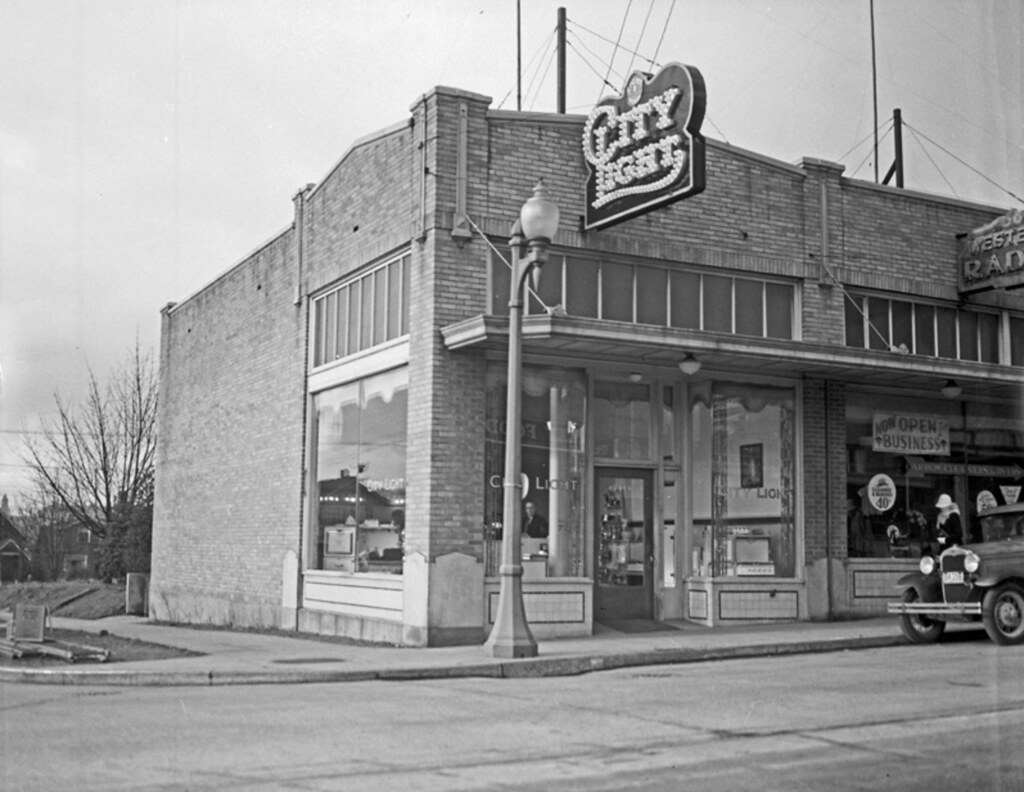 |
Not every modern business is tech-savvy and proficient with digital marketing; in fact, 36% of America's small businesses don't even have a website; and many of those that do, have nothing more than a lonely website in the shadows. While this is a good start, this type of strategy isn't going to attract many website visitors.
The good news is, it doesn't take a marketing genius to start gaining traffic to a business's website, yet it does take some time and effort to develop and execute a viable digital marketing strategy. In an effort to help, let's examine 3 ways small brick and mortar businesses can leverage their websites.
1. Optimize the Website's Sales Funnel:
The first thing businesses need to do is optimize their website's sales funnel to make conversions. For brick and mortar small businesses like retailers, restaurants, event centers, etc., gaining a visitor's email is a conversion; for small businesses offering professional services and/or online e-commerce, etc., selling a product or making an appointment would also be examples of conversions.
Essentially, businesses want their call to action to be prominently displayed on the home page of their website. Usually, this would be on the top right corner. Having a pop-up form to capture emails would be good too – this can be configured with an email marketing list service (Mail Chimp, Constant Contact, etc.).
The main objective is to make the website easy to understand and navigate. By studying the website and using it as a visitor would, businesses can detect any confusion and fix the problems.
For instance, the home page should have tabs to important pages, social media links, brand logo, a picture of the establishment, business address and hours, phone number, email, and a prominent call to action (usually an email capture form).
2. Integrate a Blog:
Once businesses have their websites ready for making conversions, they can begin to market their business online. One of the most inexpensive and effective methods to do this is by having a business blog on their website.
There are two ways to go about integrating a blog: Internal and external. The internal method is to either use the blog function already available within the website or add one to it. The other option would be to blog from a separate URL and connect it to the business's website.
The first option is the best for small businesses because it gives their website's URL more visibility with search engines and aligns closer with their brand (the main URL is the same). The second option can be used if the first isn't viable and for syndicating blog content.
Businesses can effectively leverage their websites by consistently producing quality content in their blogs. Business blogs have a number of marketing benefits, including:
- optimal SEO, SERP (search engines like fresh content, keywords, etc.)
- builds the website's online presence page by page
- perks the interests of the target audience
- produces content to share with email lists
- gives businesses a way to add value to social media efforts
- helps businesses stay top-of-mind with the target audience
- answers questions and informs readers
- method of generating local SEO content
- produces content for syndication
All of these benefits will help businesses increase their online traffic and make more conversions; ultimately, for brick and mortar stores, this means more store-front customers too. And the nice part about online traffic that turns into storefront customers is they're already connected to a business’s online marketing efforts.
3. Brand Alignment with Social Media and Syndicated Platforms:
Now that businesses have their optimized website with a blog, they're ready to grow and expand their online presence. This includes creating profiles and accounts with preferred social media and syndicated platforms, which may include:
- forums
- blogging platforms
- video platforms
- professional associations and networks
- local business groups on Facebook
- Facebook business page
- Google My Business listing
- trade publications
Essentially, businesses need to stay consistent with their profile pics, bios, contact emails, links, etc. This will eliminate confusion and solidify brand loyalty from target audiences.
For instance, it would be easier for a follower on Twitter to follow a company on Facebook if they could easily recognize their profile pic in the suggested section of their feed; also, it would be confusing if a visitor came to a website to find the colors and designs are different than a business’s syndicated platform profile, etc.
This pertains to all aspects of content and website design; the closer marketing efforts are aligned with brand identity, the more businesses will leverage their online presence -- their website being the core standard.
Conclusion
Small brick and mortar businesses don't have to hire a digital marketing agency or website building service to leverage their online presence, although these may help in certain instances. All they really need to do is optimize their website, integrate a blog, and align their brand on all social media and syndicated platforms.
Although these ways take time and effort to accomplish, if businesses have these readily available, they can leverage their websites to increase online traffic for very little cost. Outsourcing may be a good option in some situations, as this will fast-track development and eliminate the learning curve associated with digital marketing.
Nice Article. Your information is really helpful Thank you for sharing such a great article. Keep sharing.
ReplyDelete